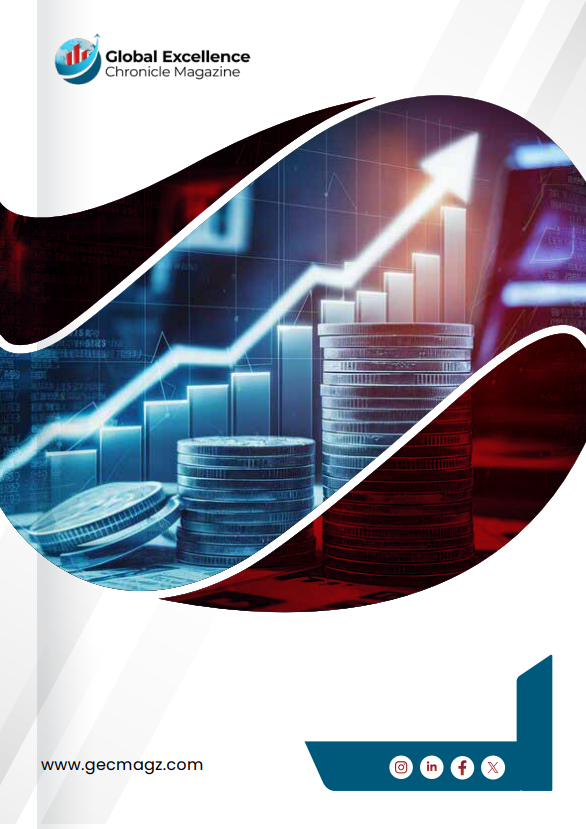As India’s urban population grows, developing high-quality mass transit systems becomes essential, but financing remains a challenge. Implementing advertising, leasing space, property development, and shopping at stations can significantly enhance financial sustainability for metro companies.
I disembarked at a metro station in Delhi and as the gleaming coaches of the train sped off, I marveled at the wonders of modern transportation systems. I had just completed a journey on Delhi’s metro system, travelling comfortably in air-conditioned comfort, beating the city’s sweltering heat and horrific traffic congestion. Mass transit systems or metros as they are popularly known are transforming India’s cities and changing the way we commute.
Today more than half the world’s population lives in urban areas and the trends indicate that the share will rise to almost two thirds by 2050. Development of metros is needed to meet the mobility requirements of this burgeoning urban population in a sustainable and low carbon manner.
This is now widely recognized and fortunately cities in developing countries also are putting considerable efforts to create high quality mass transit systems.
The biggest challenge as always, is the financing and these systems come at a high price. Nevertheless, governments are often biting the bullet and finding the initial capital to create the infrastructure.
International financial institutions such as ADB are playing a key role in supporting this endeavor. The next obstacle for the transit institutions is the problem of generating sufficient funds to meet their operating and maintenance costs.
Relying only on income from fares won’t work as ticket prices have to be kept low to attract a high ridership – after all the whole point is that it’s a ‘mass’ transportation system that is affordable to all.
So, we are in a bit of a Catch 22 situation – keep fares low and make these systems unviable or increase the fares, lose ridership and again stare at financial disaster. How can these transit companies keep their head above water and avoid relying on state largesse in perpetuity?
The best solution is to aggressively explore non-farebox revenues from sources other than ticket sales.
The bottom line is that transit companies need to find more and more creative ways to generate cash flows to stay in the green and provide affordable journeys for the people.
These four strategies are needed to assist metro companies in achieving financial sustainability.
Advertising – Quite obvious and with unlimited potential. Options include digital screens at stations including jumbo sized LCD or LED panels. ‘Train wrap’ advertising is another appealing form wherein the entire train is ‘wrapped’ in advertising and is perceived as highly impactful for brand recognition and retention.
‘Pouring rights’ means that a particular company or brand is given the exclusive and non-competitive rights to sell beverages on all station premises of the transit corridor. For example, one of the cola companies could get the pouring rights for a transit corridor for a premium price and only their brands can be sold on all stations.
‘Station naming rights’ allows a corporation or entity to name a station over a varied duration. For example – TFL rebranded its Canada Water station as ‘Buxton Water’ for 24 hours in 2015 on the day of London Marathon. There is no dearth of innovative advertising strategies that can be created by our ingenious marketing companies, all it needs is a proactive transit company that can harness these to channel additional income for sustaining its operations.
Lease space at stations – The transit stations could become ideal venues for events – they are well-known and easy to reach via the metro system. These could be for hosting corporate events, conferences, fests, and exhibitions. An excellent example is the Vanderbilt Hall at Grand Central Terminal subway station in New York which offers premium event space of 6,000 sq. feet. More than 500,000 people visit the Grand Central Terminal daily, uniquely positioning Vanderbilt Hall for hosting any event.
Property development at stations – This could yield substantive cash flows if planned well. It would involve developing property above and adjacent to stations and at maintenance depots. The trick is to acquire these sites at prices before the construction of the metro project.
The best example is the MTR in Hong Kong, China, which secured development rights from the government at prices that did not account for the added value of the developed transit corridor. The subsequent increase in land prices resulting from the MTR system was successfully captured and resulted in a windfall of revenues for the transit company.
In general, the subsequent increase in prices and commercialization of the developed property could result in substantive returns for any transit company, provided they plan for it in advance.
Shopping – For the busy commuter today, shopping at stations is quite a boon as they can save time and shop while entering and exiting stations. The MTR in Hong Kong, China, provides a high-quality shopping experience by housing more than 1500 shops across its 99 stations which amounts to a whopping 70,000 square meters of retail space. Not surprisingly, this is another major source of revenues for them.
The bottom line is that transit companies need to find more and more creative ways to generate cash flows to stay in the green and provide affordable journeys for the people. They may need to re-invent themselves from being just transport providers to retailers, real-estate developers, and marketers.
As I exit the rather forlorn and spartan metro station, I visualize a future in which such stations could be transformed into shopping and retail hubs paving the way for a thriving and financially viable metro system.
source: blogs.adb.org


